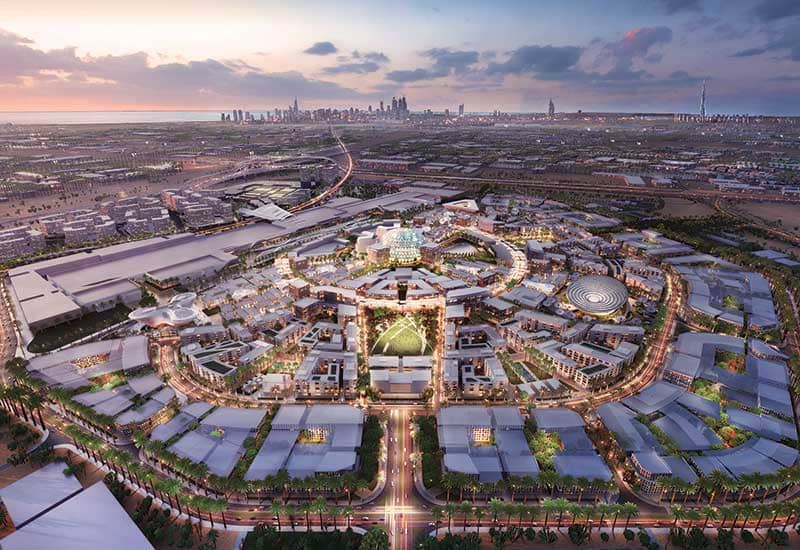District 2020, a ‘smart city’ that will emerge in and around the Expo venue – and quickly become the next big thing when it comes to choosing an office, a residence, or a retail space – is being prepared in Dubai.
However, for the time being, the focus will be on reusing the whole Expo site, beginning with the demolition of all non-legacy structures. Companies like LC&Partners can help with this shift because it will happen quickly.
“The dismantling (or re-purposing) works will need to be accurately designed and planned, as they can be as complex as the original construction,” said Lorenzo Candelpergher, Group Chairman and CEO of the project management firm. “The very first fundamental step is the compilation of a detailed assets inventory that needs to be moved out of the pavilions as a result of the dismantling works.
“For each of this item, the original source, as well as its final destination, must be defined together with the indicative date for their removal from the site and the related logistic requirements. The assets inventory is basically the inputs for the comprehensive decommissioning plan to be approved by EXPO, before any works are allowed to start within the pavilion.”
Quite a complex process
Multiple contractors and project management teams will get busy on the site for the tearing down works, which could take between three to six months, depending on the ‘size and complexity’ of these buildings.
Several contractors and project management teams will work on the site to knock down the buildings, which may take three to six months depending on the ‘size and complexity’ of the structures.
Interestingly, the dismantling works are not managed by areas at the site but, “as happened for the construction, are managed separately and mostly independently for each Pavilion, as each participant country (or corporate entity) contracted the dismantling team independently from those hired for other pavilions,” said Candelpergher.
This is in keeping with previous statements made by District 2020’s operators, who expect the first tenants to begin moving into the offices in October. DP World and Siemens are two of the most well-known companies to have signed up. District 2020 is redefining itself as a full-fledged innovation hub, powered by the most cutting-edge technology and 5G-enabled services.
Some of the legacy structures, such as the UAE Pavilion and the Mobility and Sustainability structures, are still visible. A few more national pavilions have also remained in place.
This time is different
“Complete dismantling works are not very common in the construction industry, especially in the Middle East, where most projects are greenfield, i.e., new constructions built on an empty plot,” said Candelpergher. “Dismantling works, however, are very common in the context of international exhibitions – Expos, for instance – where most of the pavilions are specifically designed and built to last only for the duration of the event. They are meant to be dismantled and disposed of, or rebuilt somewhere else. They could also be retrofitted to serve new purposes.”
There were around 200 pavilions during the Expo’s six-month run.“Some select pavilions will be eventually repurposed, such as the ones of Germany, India, Saudi Arabia, and DP World,” the CEO said. “According to the latest updates, at least 10 to 12 of the total pavilions are meant to stay, but we anticipate the number, in the end, may be significantly higher.
“The whole site’s superb infrastructure – roads, parking, utilities – will also remain, along with the iconic Al Wasl Plaza with the adjoining 10-storey ‘hospitality buildings’, including the Rove Hotel, the Observation Tower, the water feature located in the central section of Expo, as well as all the facilities within Al Forsan and Jubilee parks, the Dubai Exhibition Center, the Metro station and more.”
